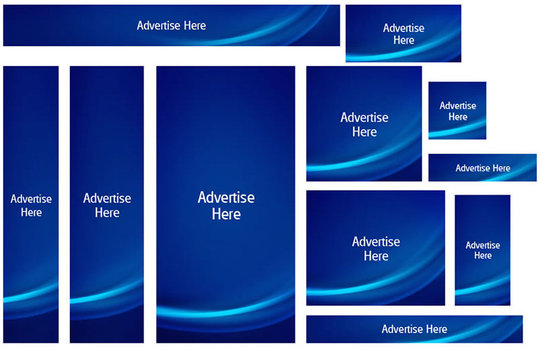'Morphing' Banners Increase Click-Through 83% [Study]
Aiming, perhaps, to save to lowly ad banner or maybe to coin a new buzzword, MIT SLoan School of Management Professors Glen Urban and John Hauser are out with a new study which finds morphing ads, banners that change based on known characteristics, result in 83% higher click throughs.
Urban says, "Everyone wants to make their banners and new media more effective. So far, 90% of the effort in banner advertising is on targeting, but that is only half the picture. Equally important is how you should talk to the people you target and that is what morphing is all about. This is an important tool for companies that want to innovate their banner advertising."
Hauser notes that morphing has "tremendous potential" to increase ads' productivity. "Companies work hard for 1% or 2% improvement in click-throughs, but if they morph ads based on thinking styles they can improve it by 83%. We also found that it can result in 30% better brand recognition. These are significant effects."
In the study, which they conducted in partnership with companies like General Motors, the researchers broke the process into several steps. First, they monitored click streams to determine how a consumer makes decisions on the web. After they gathered enough click stream information, their algorithm determined the person's cognitive style and matched that style to the optimal ad.
Urban notes their solution is the only algorithm that integrates cognitive styles with real-time morphing but they are eager to share it. "It's very cutting edge, but anyone doing targeting with algorithms could implement our algorithms. This can help move the market to the next wave of action in banner advertising"
The next wave of banner advertising? That's a bit like saying "the next wave of the Cue Cat" but let's not be negative. Anything that makes any kind of ad more relevant to the user and more effective for the advertiser is a very good thing.
Here's the full study.


